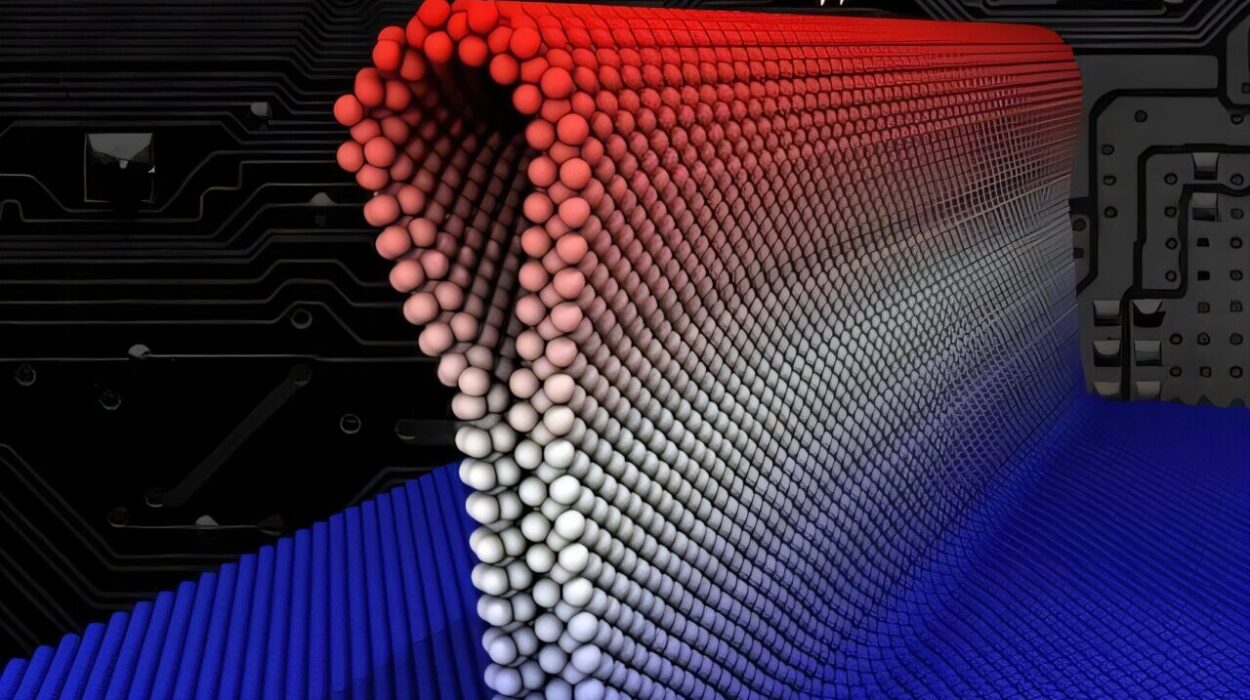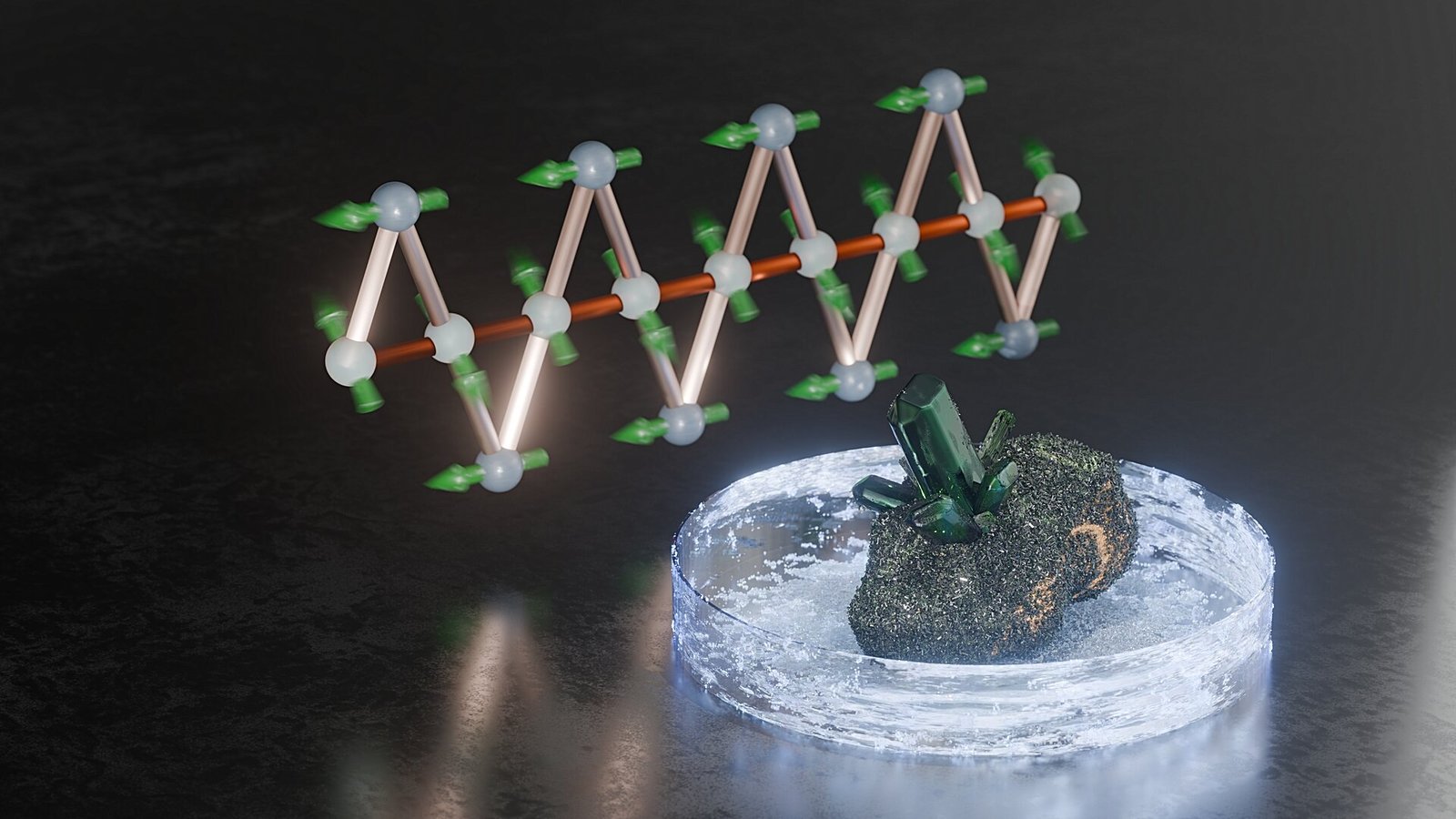For the first time ever, scientists have successfully applied a technique known as “quantum squeezing” to improve the performance of optical frequency comb lasers, a technology that enables ultra-precise gas detection. This breakthrough represents a significant step forward for gas sensing devices, with the potential to accelerate measurements and enhance accuracy for applications ranging from detecting methane leaks in industrial settings to identifying COVID-19 infections in human breath samples.
Quantum squeezing—a phenomenon that manipulates the inherent properties of light—has been leveraged to double the speed of frequency comb detectors, enhancing their sensitivity and overall performance. This remarkable advancement stems from research conducted by a collaboration between Scott Diddams at the University of Colorado Boulder and Jérôme Genest at Université Laval in Canada. The findings, which were published in the journal Science on January 16, have opened up new possibilities for ultra-fast and ultra-sensitive gas detection technologies.
What Are Optical Frequency Comb Lasers?
Before delving into the breakthroughs of this new research, it’s important to understand the function and capabilities of frequency comb lasers. Typically, lasers emit light at a single frequency or color. In contrast, optical frequency comb lasers generate light in a series of narrow, equally spaced frequencies, similar to the teeth of a comb. This characteristic allows frequency combs to be used for incredibly precise measurements of various properties, including the composition of gas molecules in the air.
These lasers act as highly sensitive fingerprint scanners, capable of identifying specific molecules in the air by measuring the unique wavelengths of light absorbed by those molecules. For example, optical frequency combs have already been employed to detect methane leaks in oil and gas operations and even to diagnose COVID-19 infections in human breath. The laser’s ability to detect such minute concentrations of gas makes it invaluable in both scientific and practical applications.
However, as sophisticated as these sensors are, they still have limitations. While frequency combs have been revolutionary, they are subject to a fundamental source of uncertainty when it comes to their measurements. A recent discovery, however, has demonstrated that these sensors can overcome some of these limitations, providing more accurate and faster results.
The Challenge of Quantum Uncertainty
At the heart of the research is a fundamental challenge in quantum mechanics. Light is made up of discrete packets called photons, and when these photons travel through a frequency comb, their arrival times can be random, rather than perfectly uniform. As a result, scientists have to account for this randomness in measurements, a phenomenon known as “quantum uncertainty.” This uncertainty creates a type of “fuzziness” in the data that can cause slight inaccuracies when using frequency comb lasers to detect gases or other substances.
Historically, managing this quantum uncertainty in frequency comb sensors has been a significant hurdle. While there is no way to entirely eliminate this randomness, scientists have now found a way to mitigate it, resulting in faster and more precise measurements.
What Is Quantum Squeezing?
The breakthrough in this study comes from the application of “quantum squeezing,” a technique that allows researchers to manipulate the fundamental properties of light to maximize one measurement at the expense of others. In quantum mechanics, certain pairs of properties—such as position and momentum or time and frequency—are intrinsically linked in such a way that improving the precision of one will decrease the precision of the other. This relationship, often referred to as the Heisenberg uncertainty principle, forms the basis for quantum squeezing.
The technique involves compressing the uncertainty in one property, like time or frequency, while allowing the uncertainty in a paired property to increase. In practice, this means you can increase the precision of one part of the measurement—like the timing of photon arrivals—while accepting a small amount of error in the other, such as the exact frequency of the light.
Applying Quantum Squeezing to Frequency Combs
In their experiments, Diddams and his team applied quantum squeezing to optical frequency combs using common optical fibers—ones not so different from those that transmit the internet to homes. By passing the laser pulses through these fibers, the team was able to precisely manipulate the light, shaping it in such a way that the photon arrivals became more regular and predictable.
This process increased the orderliness of the photon arrival times, which reduced the “fuzziness” in the data and significantly improved the accuracy of gas detection. However, this improvement did come with a trade-off: while the photon arrival times became more predictable, measuring the exact frequency of the light itself became slightly less accurate. Despite this, the overall performance of the gas sensors improved, allowing them to detect gas molecules much faster and more accurately.
In their experiments, the researchers used this technique to detect hydrogen sulfide—an odorant often associated with volcanic eruptions and often used as a warning of leaks in industrial facilities. With the new quantum-squeezed frequency combs, they were able to detect hydrogen sulfide about twice as fast compared to traditional frequency comb lasers. This advance enabled the team to detect gas concentrations over a broader range of infrared light—approximately 1,000 times more precisely than before.
Real-World Implications of the Discovery
While these experiments were conducted in a controlled lab setting, the implications of this work are far-reaching, particularly for applications where gas detection and measurement speed are critical.
In industrial environments, detecting dangerous gases such as methane or hydrogen sulfide is a matter of safety. Being able to detect these gases more quickly can make a significant difference. In the context of industrial gas leaks, for instance, faster detection would allow for earlier responses, possibly preventing hazardous situations. In some cases, the difference between detecting a gas leak in 10 minutes versus 20 minutes could mean life or death for those working in the area.
The development of faster, more sensitive quantum sensors could also play a role in public health, as they could allow for more efficient diagnosis of conditions like COVID-19. These sensors could one day be used in breath-based detection systems, offering a rapid, non-invasive method for identifying disease markers.
Moving Beyond the Lab
While the findings represent an important step forward in the development of quantum-based sensors, there is still work to be done before these technologies are applied to real-world situations. The researchers are continuing their work to refine their technique and adapt it for use outside the laboratory. Diddams acknowledged that while the new system is promising, there are still technical challenges to address before these quantum sensors can be deployed at scale.
Nonetheless, the results already show that scientists are closing in on applying quantum frequency combs in practical, real-world scenarios. With their ability to manipulate the uncertainty relationships inherent in quantum mechanics, the researchers have achieved what is known as a “quantum speedup”—a meaningful acceleration of measurements that are more accurate and precise than ever before.
Conclusion
In summary, the work carried out by Diddams and his colleagues marks a significant breakthrough in the field of quantum sensing. By using quantum squeezing to manipulate frequency comb lasers, they have unlocked a path for making ultra-sensitive gas detectors faster and more accurate. With the promise of applications ranging from industrial gas leak detection to health diagnostics, this development could have wide-reaching implications for public safety and science in general. While the technology is still in its early stages, this research brings us closer than ever to the practical application of quantum sensors in the real world. As Diddams put it, “We’re closer than ever to applying quantum frequency combs in real-world scenarios.”
Reference: Daniel I. Herman et al, Squeezed dual-comb spectroscopy, Science (2025). DOI: 10.1126/science.ads6292. www.science.org/doi/10.1126/science.ads6292






